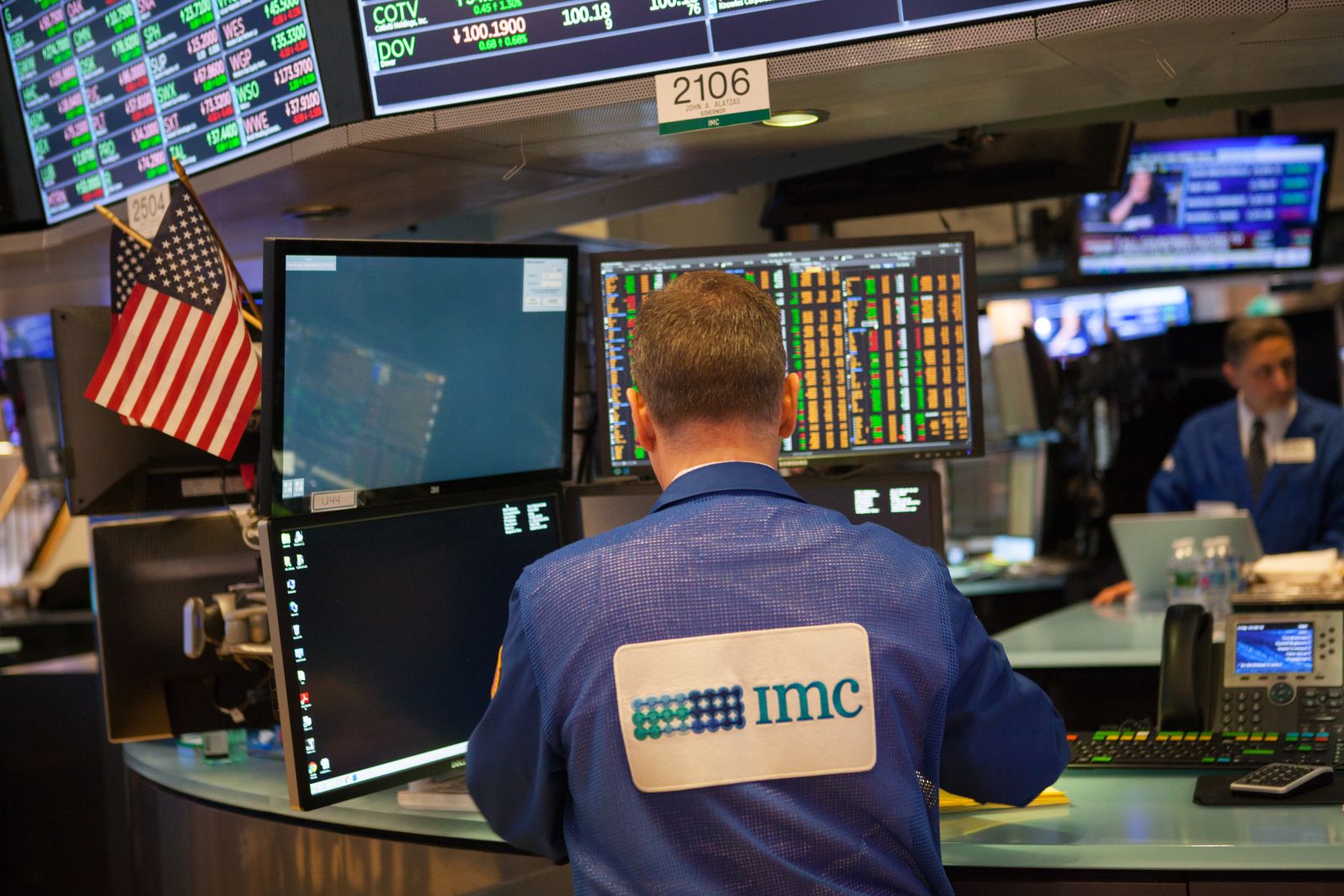New U.S. single-family home sales rose 3.6% in December to a seasonally adjusted annual rate of 698,000 units, exceeding economists’ expectations of 675,000 units, according to the Commerce Department. This increase reflects a 6.7% rise year-over-year and further suggests that the housing market regained momentum toward the end of 2024, despite mortgage rates consistently hovering near 7%. December’s performance contributed to an estimated 683,000 new homes sold for the year, a 2.5% increase compared to 2023.
While new home sales showed resilience, 2024 marked the slowest year for overall home sales since 1995, with existing home sales totaling just 4.06 million units, according to the National Association of Realtors (NAR). Elevated mortgage rates were a key factor in the slowdown, with the average rate on a 30-year mortgage surpassing 7% for much of the year. The median home price reached a record $407,500 in 2024, driven by strong sales at the high end of the market, although December saw a 9.3% year-over-year recovery in existing home sales.
Market Overview:
- New home sales in December rose 3.6% to a seasonally adjusted annual rate of 698,000 units.
- 2024 existing home sales fell to 4.06 million units, the lowest since 1995, due to high mortgage rates.
- The median home price in 2024 reached $407,500, a record high, but December sales rebounded 9.3% year-over-year.
- Elevated mortgage rates near 7% are deterring move-up buyers and keeping inventory tight.
- Sales of new homes accounted for about 30% of the market as existing home inventory remains limited.
- 1.63 million housing units were completed in 2024, a 12.4% increase compared to 2023.
- Economic uncertainty and inflationary pressures are likely to keep mortgage rates elevated in the near term.
- Increased housing completions could help improve inventory levels and affordability in 2025.
- Market analysts will closely monitor how job and wage growth impacts housing demand.
- New U.S. single-family home sales rose 3.6% in December to a seasonally adjusted annual rate of 698,000 units, exceeding economists’ expectations of 675,000 units, signaling resilience in the housing market despite elevated mortgage rates.
- The 6.7% year-over-year growth in December new home sales demonstrates sustained demand for new housing, supported by job and wage gains.
- The completion of 1.63 million housing units in 2024, a 12.4% increase from 2023, is expected to improve inventory levels and affordability in 2025, benefiting buyers and stabilizing the market.
- December’s strong rebound in existing home sales (up 9.3% year-over-year) highlights improving momentum in the broader housing market as buyers adjust to higher mortgage rates.
- Rising inventory and new housing completions provide opportunities for price stabilization, potentially attracting more first-time buyers and boosting overall market activity.
- Despite the growth in new home sales, 2024 marked the slowest year for overall home sales since 1995, with existing home sales totaling just 4.06 million units due to persistently high mortgage rates near 7%.
- The record-high median home price of $407,500 in 2024 reflects affordability challenges that continue to deter first-time buyers and constrain demand at lower price points.
- Elevated mortgage rates are keeping current homeowners locked into sub-4% mortgages, limiting inventory growth and creating a bottleneck for move-up buyers.
- Economic uncertainty and inflationary pressures could keep borrowing costs elevated in the near term, dampening housing demand further in early 2025.
- The reliance on high-end sales to drive market growth may leave the housing market vulnerable to shifts in consumer sentiment or economic conditions affecting affluent buyers.
This article contains syndicated content. We have not reviewed, approved, or endorsed the content, and may receive compensation for placement of the content on this site. For more information please view the Barchart Disclosure Policy here.



/Quantum%20Computing/Image%20by%20Funtap%20via%20Shutterstock.jpg)
/A%20Palantir%20office%20building%20in%20Tokyo_%20Image%20by%20Hiroshi-Mori-Stock%20via%20Shutterstock_.jpg)
/Nike%2C%20Inc_%20shopping%20by-%20hapabapa%20via%20iStock.jpg)
/Quantum%20Computing/A%20concept%20image%20with%20a%20brain%20on%20top%20of%20a%20blue%20circuit%20board_%20Image%20by%20Gorodenkoff%20via%20Shutterstock_.jpg)
